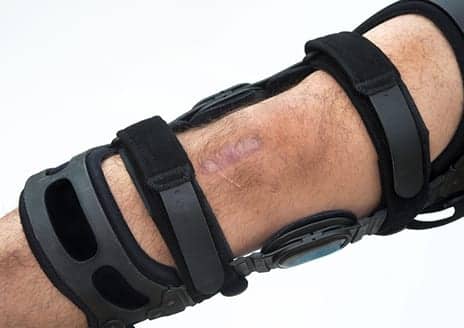Although previous research has suggested that women are more susceptible to anterior cruciate ligament (ACL) tears because their knees move differently, a team of Duke Health researchers suggest ACL tears occur the same way in men and women.
“Based on watching videos of athlete injuries, previous researchers have suggested that females may have a different mechanism of injury than males,” says biomedical engineer Louis DeFrate, PhD, lead researcher, in a media release. “But it’s difficult to determine the precise position of the knee and the time of injury through footage.”
“We used MRI scans taken within a month of the ACL rupture and identified bruises on the surface of the two large bones that collide when the ACL tears—the femur and the tibia—then used 3D modeling and computer algorithms to reconstruct the position of the knee when the injury occurred,” he says. “Our results suggest that males and females have the same position of injury.”
In DeFrate’s research, he and his team used a forensic approach to reconstruct injuries by examining bone bruises on the knees of 15 men and 15 women with torn ACLs. Their study was published recently in The American Journal of Sports Medicine.
According to the release, from Duke University Medical Center, scientists have long believed that an inward buckling motion of the knee known as valgus collapse caused the ligament to tear. However, using their forensics biomechanics approach in a study that appeared in a 2015 publication, DeFrate and his team concluded that landing on a hyperextended knee is actually what tears the ACL.
“In order to develop improved treatment strategies and prevention, we need a clear understanding of what motions are most dangerous for athletes,” he states, regarding the previous research. “This work provides new evidence that landing on an extended knee may be a dangerous position for ACL tears in both males and females.”
DeFrate is hopeful that continued study of ACL injuries will lead to improvements in treatment and informed training on how to prevent them, especially in those at highest risk, the release concludes.
[Source(s): Duke University Medical Center, Science Daily]





